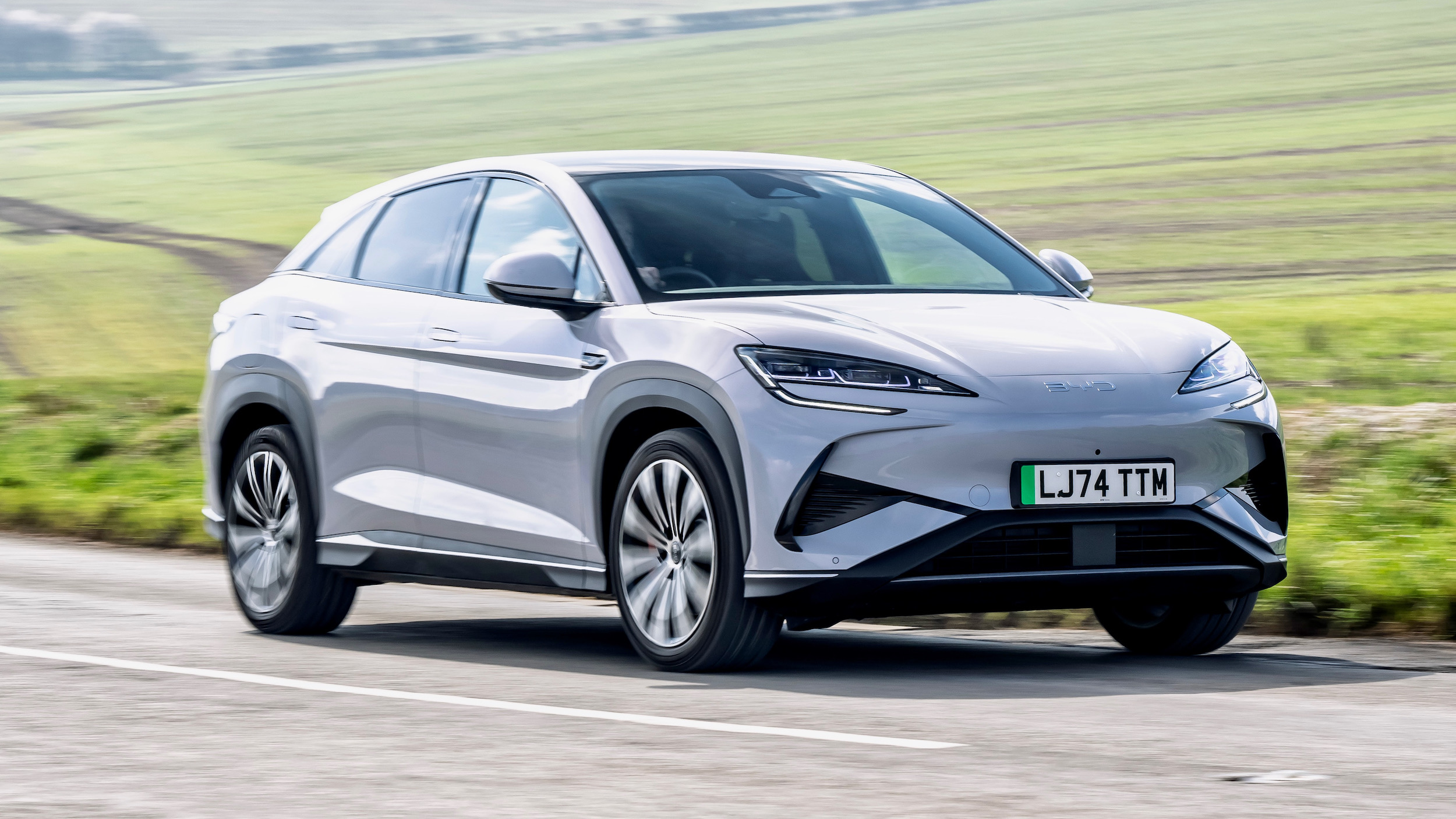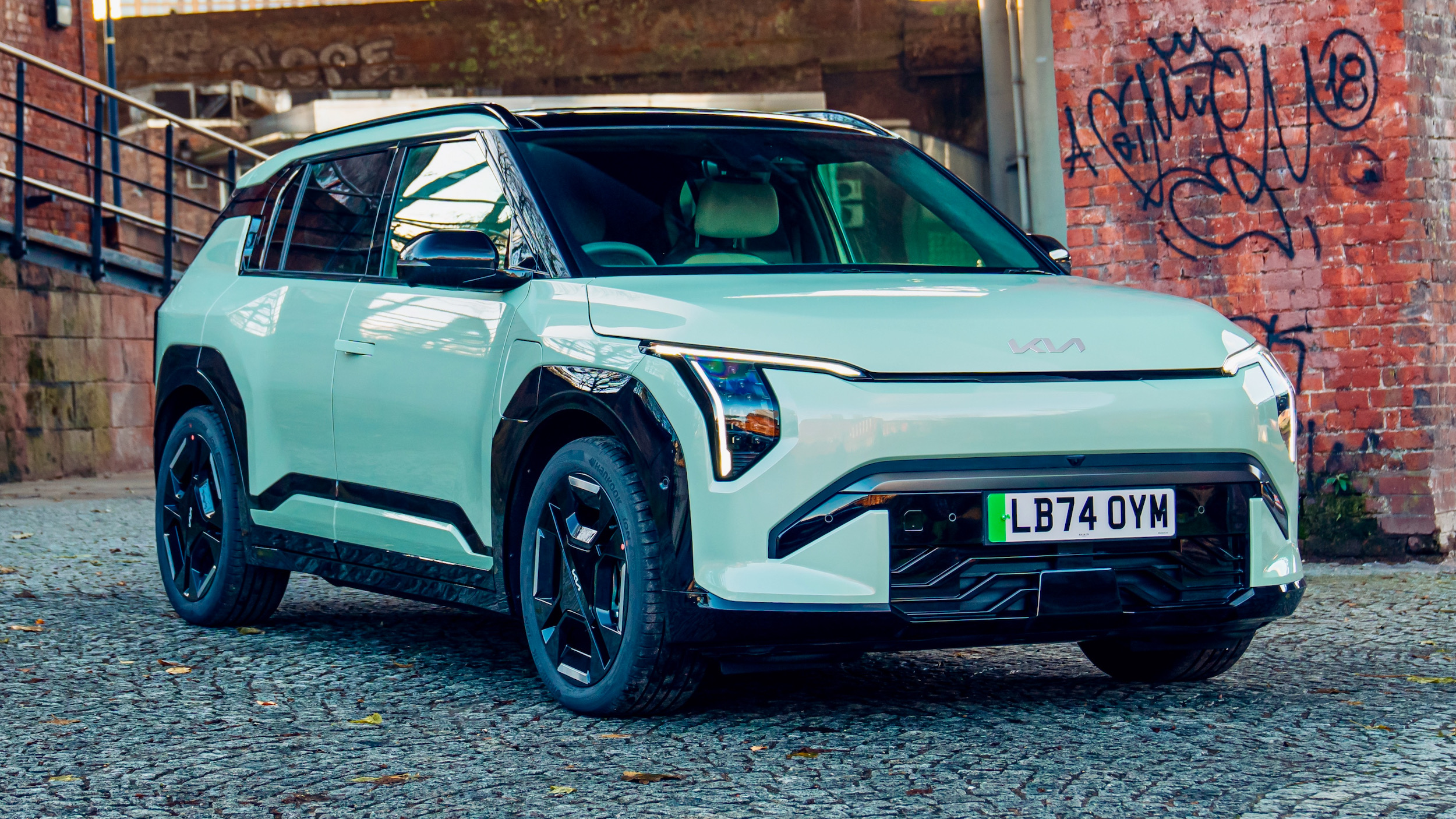If you asked me what EV you should buy, my first answer would immediately be “a Kia” why?
But, you ask, which one would I suggest? That’s easy; The e-Niro. Or the Soul EV. Frankly, it doesn’t matter which, as both top-spec models are on the same underpinnings, the same motor and give roughly the same range. That’s why these reviews have been merged into this one mega-review, as by and large, the vehicles are very similar, with the exception of the body shell and the interior.
Now, I have to admit, I am slightly biased. The all-new Kia Soul EV was the first EV I actually ever had the opportunity to drive, way back in the heady pre-crisis days of early 2020. It was just before the plug was pulled on the Geneva Motor Show, if that gives any context – how normal we thought the world would be for the rest of the year…
Back to the Soul EV. I was astounded by how much fun it was to drive for a vehicle of its size and weight. It certainly left an impression on me with its unusual styling, quirky features and surprisingly engaging driving experience.
So, when the chance arose for me to try out the Soul EV and the well-loved e-Niro back-to-back, it was an exciting opportunity to compare the two EV stalwarts of Kia’s lineup, both in range-topping specification.
These days when I have an EV booked for evaluation, I get a little nervous. The charging system around where I live is dismal at best, and that’s when it decides to work (Thanks, BP Polar!) As a photographer who is pretty busy during the week, an EV presents new issues for me in terms of being prepared; I can’t charge them at my home address, so a little extra planning and preparation is required to ensure that the vehicle is fully charged when I need it.
However, when I booked the e-Niro and Soul EV, I was as calm as a cucumber. Ok, maybe that’s a bit excessive, as I did still start plotting journeys around charger locations and working out whether I can get there and back without charging. However, there wasn’t the usual panic about whether I will still be able to keep to my normal busy schedule.
First up was the Kia e-Niro. Almost immediately after booking the vehicle, I realised I was booked to photograph a stunning Norton motorcycle in the New Forest, roughly a 170-mile round trip for me. While that would’ve absolutely stumped the Honda e, which I had on an earlier test, this was a walk in the park for the e-Niro, which showed a range of around 240-260 miles on a full charge with the weather somewhat on the cold side. Of course, this was still below the quoted full range of 282 miles, but even so, that’s more than most people do in a day, if not in a week.
On the road, the e-Niro was sublime. Racing away from traffic lights in a manner that my inner ‘boy racer’ was proud of and able to put a smile on my face whenever the ‘fun’ pedal was pressed, I was impressed at how composed the e-Niro was on the road. In ‘Sport’ mode, the range understandably drops, but the throttle response is notably quickened and after a few full-bore launches, I found myself feeling a little ill, though that’s a reflection on my own poor choices, rather than on the e-Niro! The Kia Soul EV also has the same driving modes available via the almost-identical rotary gear selector and surround.
Switching back into ‘Normal’ mode, the Niro was wonderfully docile and easy-going. In contrast, ‘Eco’ mode was perfect for those long motorway sections where the more progressive throttle response was welcomed. There is also a wonderful ‘Eco+’ mode available on both the e-Niro and the Soul EV. This is ideal for those ‘worst case’ scenarios where you’re only JUST going to make it to a charger/home on your remaining range. By limiting the vehicle to 60mph, increasing the regenerative braking to full and fiddling with numerous other things ‘under the surface’, the e-Niro and Soul EV can squeeze every last drop of range out of their batteries.
With regards to the driving characteristics as a whole, the two cars are very, very similar. Both are powered by the same 150kW all-wheel-drive powertrain with a 64kWh battery pack and give broadly similar ranges from a full charge (though the Soul EV returns a higher quoted all-urban range of 402 miles). Both of these cars can be charged up to 80% in just 75 minutes on a typical 50kW charger or 54 minutes on a (more difficult to find) 100kW charger.
Overnight, both cars will fill their batteries from a home power-point, and both can be set to charge during off-peak tariff times to reduce the cost of running an EV for the budget-conscious yet eco-friendly motorist.
The general road-going characteristics between the two are also very similar. Both can put down enough instantaneous torque from the 150kW electric motors to surprise you. At the same time, acceleration is rapid and the level of NVH is surprisingly low for an EV, especially when you consider the size of the wheels. However, the Soul EV is notably more top-heavy in the corners, while the e-Niro feels more agile and ‘flat’ on the road than the Soul EV.
Inside, things diverge a little. The e-Niro is the better load-carrier if you need both rows of seats up, trumping the Soul EV with 451 litres compared to 315 litres with the second row in place. However, the Soul then takes back the crown should you fold the rear seats, offering 1,339 litres of luggage capacity.
The interior designs and layouts of the e-Niro and Soul EV are also markedly different. The Soul EV retains its predecessor’s theme of being centred around music, with some quirky designs, impressive sound system and funky use of light to create an unusual sci-fi feeling interior, a little strange to begin with but quickly becomes very endearing.
The e-Niro, by contrast, has a much more conventional-looking interior. The gear selector is mounted on a ‘plinth’ that extends from the centre console, allowing for an impressive storage gap between the selector and the dashboard. Not only does this allow for useful ‘wedge’ space for luggage, but it also opens up the front end significantly and makes the cabin feel more extensive in the way that smart design should do – clever stuff.
Despite being somewhat similar in their luggage capacity, the interior of the Soul EV feels a lot larger. Moreover, the car as a whole feels remarkably bigger compared to the e-Niro, despite the latter being 175mm longer. This is likely due to the far less conventional shape of the Soul EV and being taller and much boxier-shaped, giving the impression of being larger than it is.
Both the ‘First Edition’ Soul EV and ‘4+’ e-Niro are packed to the gunwales with technology, including a HUD, rear cross-traffic alert, intelligent braking systems and the usual brace of safety features such as lane-keeping assistance and adaptive cruise control, the latter of which I found particularly useful and worked very well on both models.
So, which one would I go for when all is said and done? Honestly, I’d pick the e-Niro. Here’s why – it feels very much like a ‘normal’ car, and in my opinion, that’s the single most significant compliment you can give an EV.
Of course, some want their EV to stand out, scream about their apparent eco-conscious efforts and allow mere ICE mortals to bask in their glow (not mentioning any names, but they drive cars beginning with T). Still, if I were to have an EV as my daily driver, I’d want it to blend in as much as possible and ‘feel’ like a normal car.
There are two reasons for this – the first is that I’m still a 19-year-old at heart and I love surprising other motorists at the traffic lights when the instantaneous EV torque can be used for fun, and the other is a lot more sensible – I wouldn’t want to shout about or stand out owning an EV. Second, eventually, it seems these vehicles will become as common as a Corsa or Clio is in today’s world, so why must we make such a statement about them?
The best electric cars are the ones that make you forget you have an EV and the conventionally-styled e-Niro just about pips the Soul EV to the post here. However, should you want all the fun AND want the cherry on top of driving something genuinely outlandish and unique in today’s world of carbon-copy SUVs and crossovers, then the Soul EV is just for you.
To put it succinctly, if you’re on the fence about switching to EV life, get on with it and buy a Kia – you won’t be sorry! Just remember to plug them in…
Kia e-Niro rating: 5/5 – Kia Soul EV rating: 4.5/5

Kieran Bicknell
Motoring writer
Kieran Bicknell offers his fresh take on car reviews by making the most of his dynamic, yet detailed approach to writing. Having graduated from university with a BA (Hons) in Photography and spending a number of years as a freelance automotive photographer. Kieran is now putting his knowledge and writing skills to use, with the ability to supply both written articles and imagery. Kieran feels at home in anything from small superminis to the latest SUVs, and relishes the opportunity to drive, photograph and write about anything with four wheels.
What the others say on YouTube
A selection of the latest video reviews of this car….Just click to watch on this page.
Recent Electric Cars Reviews
The latest cars, suvs and crossovers reviewed by our experienced journalists.
-
Reviewed: The Genesis Electrified GV70 (MY25)
Sometimes you think a car has reached its absolute best, and sure enough, just two and half years later, out comes an even better Genesis Electrified GV70 Car Reviewed: NEW …
-
BYD Auto | Car Reviews | Electric cars | SUV
BYD’s new Sealion 7 coupe-SUV set for prime time
Today, as the market for full-electric SUVs grows ever bigger, broader and more bountiful, here’s BYD with its latest, the Sealion 7 Car Reviewed: BYD SEALION 7 DESIGN AWD True, …
-
Car Reviews | Electric cars | Kia | SUV
Kia EV3 GT-Line S, has all you could want
Be excited about this eye-catching electric SUV. This top-of-the-range model, the Kia EV3 GT-Line S, has it all Car Reviewed: Kia EV3 GT-Line S The future of smaller electric SUVs …

























